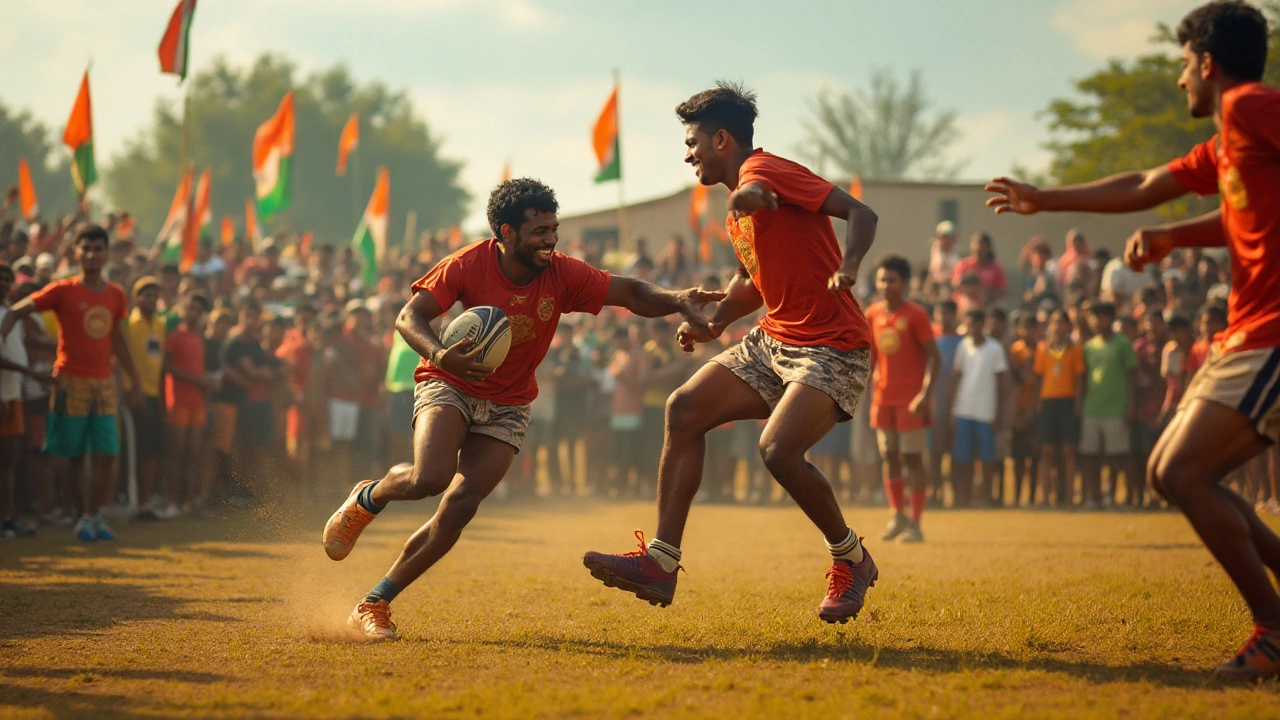Sports Popularity – What Makes a Game Go Global
Ever wonder why football (soccer) fills stadiums in Brazil and Europe while cricket rules the streets of India? The answer isn’t magic – it’s a mix of culture, media, and easy access. Understanding these drivers helps you see why a new sport can explode overnight or why a classic stays beloved for generations.
Factors that Drive Popularity
First off, visibility matters. When TV networks, streaming platforms, or social media give a sport prime time, fans can watch, share, and talk about it instantly. That’s why events like the ATP Tennis TV streaming or Prime Video’s tennis coverage get huge buzz – the more people see a match, the more likely they’ll tune in again.
Second, accessibility plays a huge role. A sport that needs just a ball and a flat surface (think football or basketball) spreads faster than one that requires expensive gear. This is why running shoes become a hot market; a simple run can turn anyone into a fan of distance events like marathons or 10K races.
Third, community and identity drive loyalty. When a sport ties into national pride or local tradition, fans wear it like a badge. Look at how Australians call rugby "footy" and how that slang shapes the whole experience. The same goes for girls embracing boxing – it’s not just a workout, it’s empowerment and a statement.
Fourth, storytelling fuels passion. Big personalities, rivalries, and dramatic moments keep people glued. A simple headline – “Is it called a birdie in golf?” – sparks curiosity, leading newcomers to explore the sport’s history.
Lastly, innovation keeps a sport fresh. Simple machines in sports gear, new training plans, or tech like AI-driven performance analysis attract tech‑savvy fans who love to see how science improves play.
Current Hot Sports Around the World
Football still reigns supreme, but cricket’s T20 leagues are pulling in younger crowds with fast‑paced action. In the US, rugby is gaining traction thanks to TV deals that showcase the game’s raw intensity, sparking debates about whether it’s more violent than American football.
Running continues to grow as people chase marathon goals or just want a healthier lifestyle. Articles on “Respectable marathon times” and “How often should you run a marathon?” show that many are curious about realistic targets and safe training cycles.
Boxing’s surge among women highlights a shift toward inclusive fitness. Stories like “Why Girls Are Choosing Boxing” reveal how self‑defense and confidence are driving new membership in gyms.
Streaming services are reshaping how we watch niche sports. Whether it’s ATP Tennis TV or prime video tennis, the ability to catch live matches on demand pulls fans from all over the globe, boosting popularity without geographic limits.
Finally, emerging fitness trends like HIIT for belly fat or anti‑aging exercises keep people engaged with sports beyond competition – they’re looking for health benefits, and that keeps the overall sports ecosystem alive.
Bottom line: A sport becomes popular when it’s visible, easy to try, tied to identity, tells a story, and evolves with technology. Keep an eye on these factors, and you’ll spot the next big wave before it hits the mainstream.


